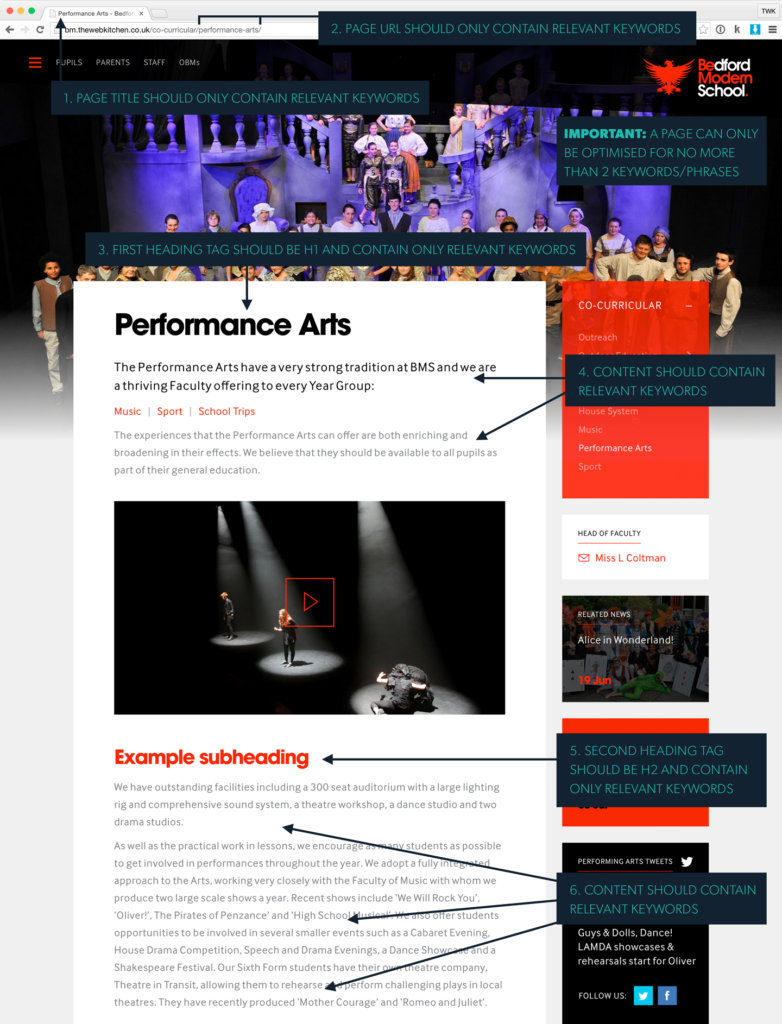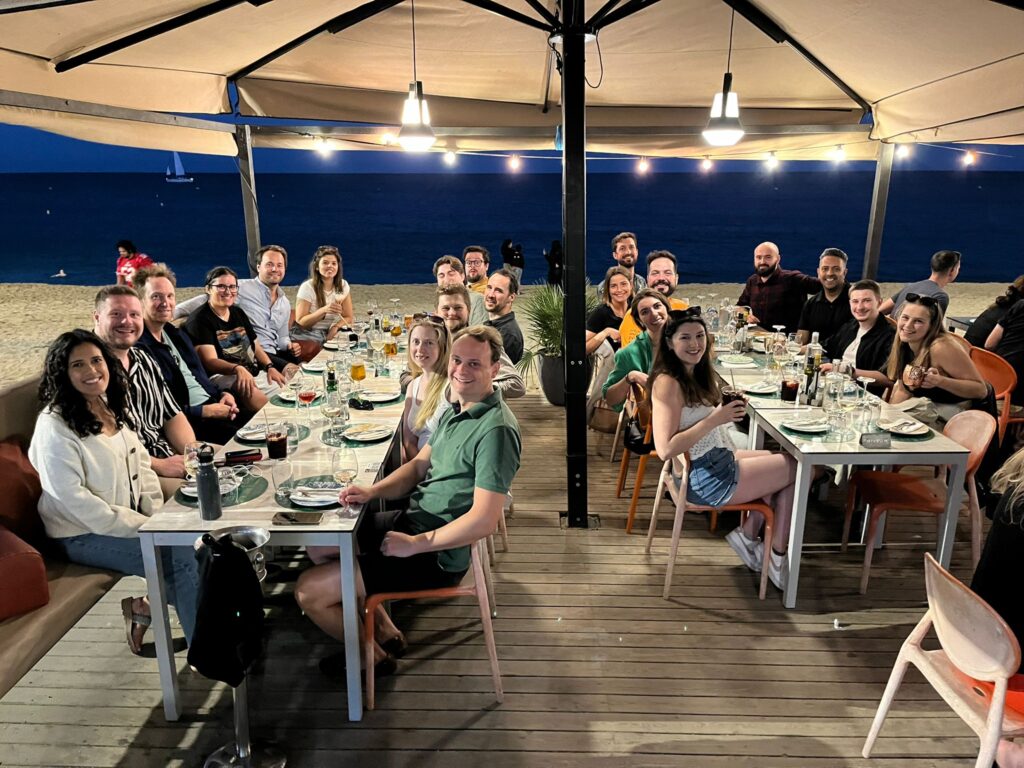Understanding Content Structure within Pages
Correct content structure within your site is as important as the content itself. By following a few simple rules, you can ensure your content is better optimised for search engines and easier for your visitors to read.
All pages and news stories on your site should have a Header 1. The Heading 1 (H1) is the starting point for people to read and entice them to read on. It’s also used by search bots to understand the subject of the page. There should only ever be one H1 per page, as more than one will result in negative SEO.
In all sites that we produce, the H1 is automatically displayed on the page by the CMS. This is taken from the Page Title, but can be overridden with an Alternative Page Title field.
The H1 should contain the keywords that the page is focussing on, and that the rest of the content should follow. Your lead paragraph should also contain the page keywords and describe the subject of the page in more detail.
Throughout your content the keywords should be repeated, ideally in a way that is easy for people to read. You should also split up your content into sections, using the Heading 2 element. You can have multiple H2s on a page, and these should each contain your keywords.
Finally, any images you use within your page should have the keywords within the alternative text of that image.
Content Structure Guide
Below is an example of a content structure guide we have created for Bedford Modern School, which can be used to better understand these key points:
For more information about how to structure your page content, we’ve written a post about the Yoast SEO Plugin for WordPress, which is one of the best tools for managing your website’s SEO.














